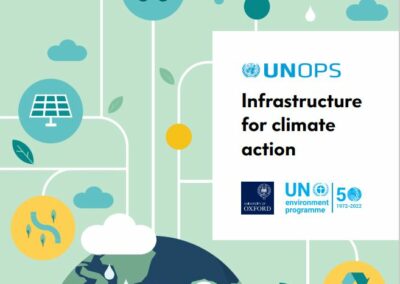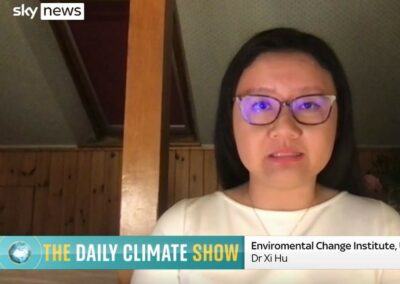Scott Thacker received the Society for Risk Analysis (SRA) Engineering and Infrastructure Speciality Group Student Merit Award for this submission.
Abstract
Infrastructure network systems support society and the economy by facilitating the distribution of essential services across broad spatial extents, at a range of scales. The complex and interdependent nature of these systems provides the conditions for which localized failures can dramatically cascade, resulting in disruptions that are widespread and very often unforeseen. This risk has been highlighted numerous times in recent years in events from around the globe. Despite the importance of these systems, the nature of interdependencies and their potential consequences in the event of failure are not well understood. Recognizing the importance of understanding the risks of failure of interdependent infrastructures, we introduce a novel multi-scale, system-of-systems based methodology and applied analyses that provide new insights into infrastructure network criticalities, vulnerabilities and risks.
Adopting a complex network based approach; we integrate real-life asset data from multiple sectors to represent the physical interconnectivity that exists within and between interdependent infrastructure systems. We calculate the criticality of individual assets by summing the direct and indirect customer disruptions that can occur in the event of failure. This is achieved by disrupting sets of functional service flow pathways that transcend sectorial and operational boundaries, providing long-range connectivity between service originating source nodes and customer allocated sink nodes within and between physically dependent networks.
Using the disrupted functional pathway set we build influence networks for individual assets. Such networks highlight the collection of physical assets that would be disrupted as a consequence of individual infrastructure failures. A regional geographic identifier for all assets within these influence networks allows us to characterize criticality and interdependence at the regional scale. Understanding regional criticalities and interdependencies being of key importance for decision makers, who very often only manage, own or operate assets, or provide for customers within a limited geographic area.
The spatial proximity between real-life assets results in their exposure to similar local environmental conditions, otherwise know as geographical interdependence. The risks created by such an arrangement provide the motivation for us to look beyond the scale of individual assets and identify geographic areas that are in themselves characterized as critical. To address this we propose the new concept of an infrastructure criticality hotspot that we define as: a geographic location where there is a concentration of critical infrastructure, measured according to the number of customers directly or indirectly dependent on infrastructure in that location. In order to identify these areas we use kernel density analysis to translate discrete asset criticality values into a continuous surface from which criticality density is available at any location. We then analyze the resulting surface to identify spatial concentrations of critical infrastructures that constitute statistically significant hotspots of infrastructure criticality. The derivation of hotspots allows us to identify key vulnerabilities that may not have been discovered with analysis that does not explicitly represent physical and geographic interdependence.
We characterize infrastructure asset and network failure risk by intersecting network assets with probabilistic hazard maps. Within the risk calculation, we use economic input output modeling to calculate economic losses using direct and indirect customer disruption values.
We supplement the methodological development with a comprehensive national-scale demonstration for England and Wales. At the center of the system-of-systems model is a unique representation of the electricity network hierarchy that, for the first time, integrates electricity distribution networks with a model of generation and transmission for Great Britain. Connected to this hierarchy, at various voltage levels, are dependent assets and networks from the energy transport, water, waste and digital communication sectors. Customer and passenger data are integrated with census statistics to understand the distribution of infrastructure demands. Probabilistic flood hazard maps are used to calculate risks and inform adaptation planning.
Through the multi–scale characterization of infrastructure criticality, vulnerability and risk, we provide new evidence to inform the targeting of investments to reduce risks and enhance system resilience.
Submitted to: Society for Risk Analysis (SRA) – Annual Meeting 2015, Engineering and Infrastructure Speciality Group.
Authors
Thacker, S., Pant, R., Hall, J.W., Barr, S. & Alderson, D.


